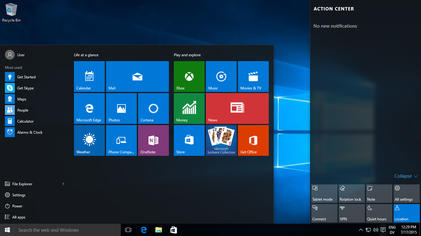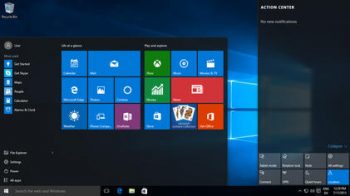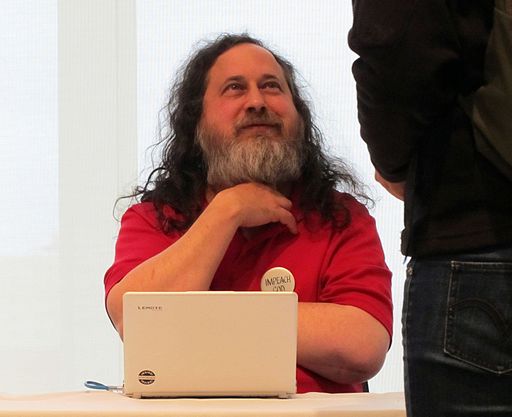The Raspberry Pi Report
Covered in this report: The Pi gets new cameras, another U.S. Picademy, monitoring health conditions with MedPi and the AstroPi in low Earth orbit.
Quite a lot has happened in the Raspberry Pi world since my last article. From new hardware to Picademy, the past couple of weeks have been great, filled with news story after great news story. The month of April ended on a high note, with the release of Ubuntu MATE 16.04 for the Pi, and the month of May looks to keep carrying that trend. I realize how hard it is to keep up with the all the Raspberry Pi news, so here are what I consider to be some of the high points.
In addition to hosting a Raspberry Pi meetup in Washington D.C., Isaac Carter is a co-host on mintCast. He’s also a software engineer who enjoys working with Java, JavaScript, and GNU/Linux. When he’s not coding, you can find him reading on any number of subjects or on the golf course.








 This isn’t the first time they’ve done this. Last year they handed out $125,000 to five projects — meaning that this year they’ve nearly doubled down on their bet. Last year’s donations included money going to the Electronic Frontier Foundations Privacy Badger — a browser add-on that stops advertisers and other trackers from following users — and Girl Develop It for its Open Source Mentorship program.
This isn’t the first time they’ve done this. Last year they handed out $125,000 to five projects — meaning that this year they’ve nearly doubled down on their bet. Last year’s donations included money going to the Electronic Frontier Foundations Privacy Badger — a browser add-on that stops advertisers and other trackers from following users — and Girl Develop It for its Open Source Mentorship program.

